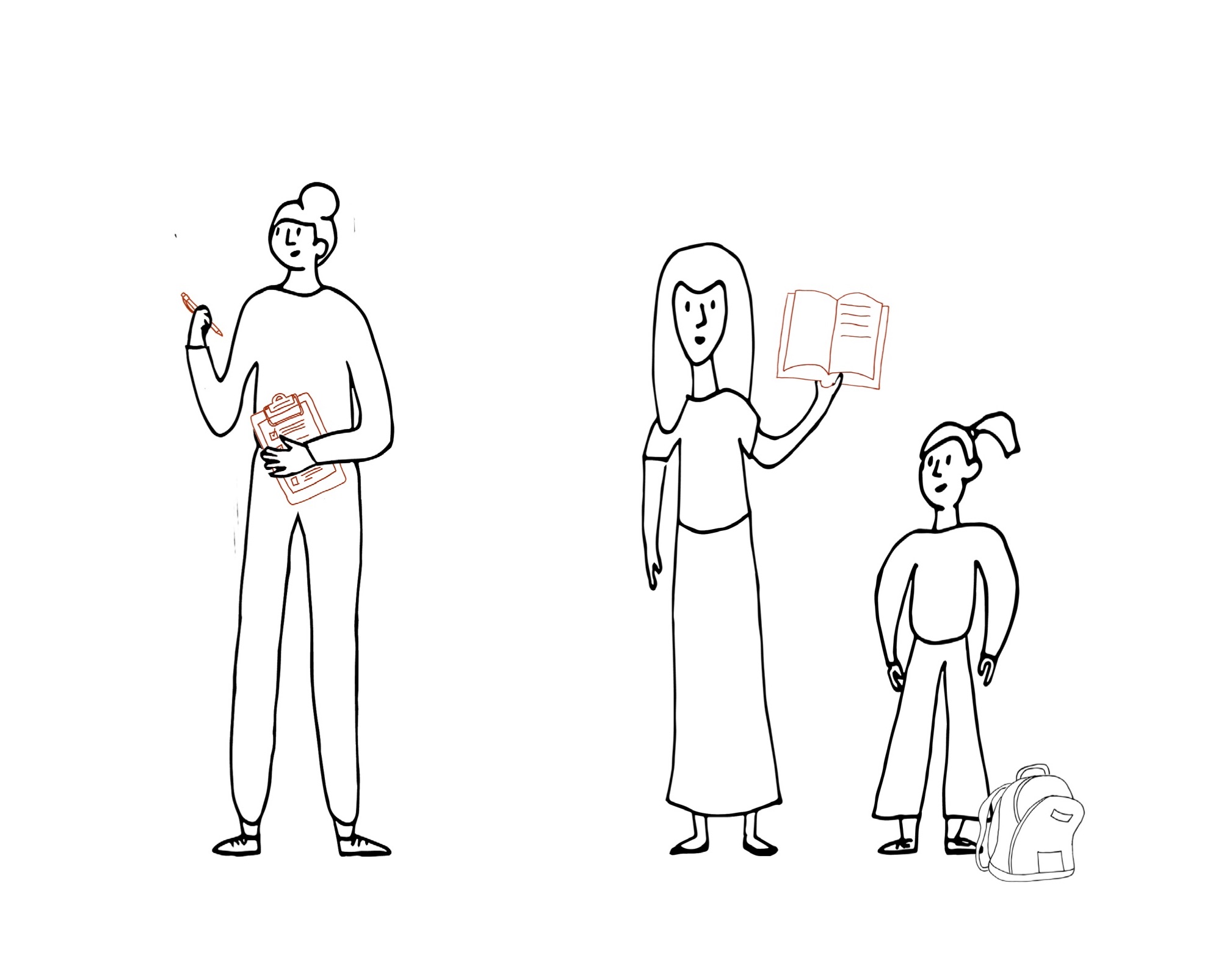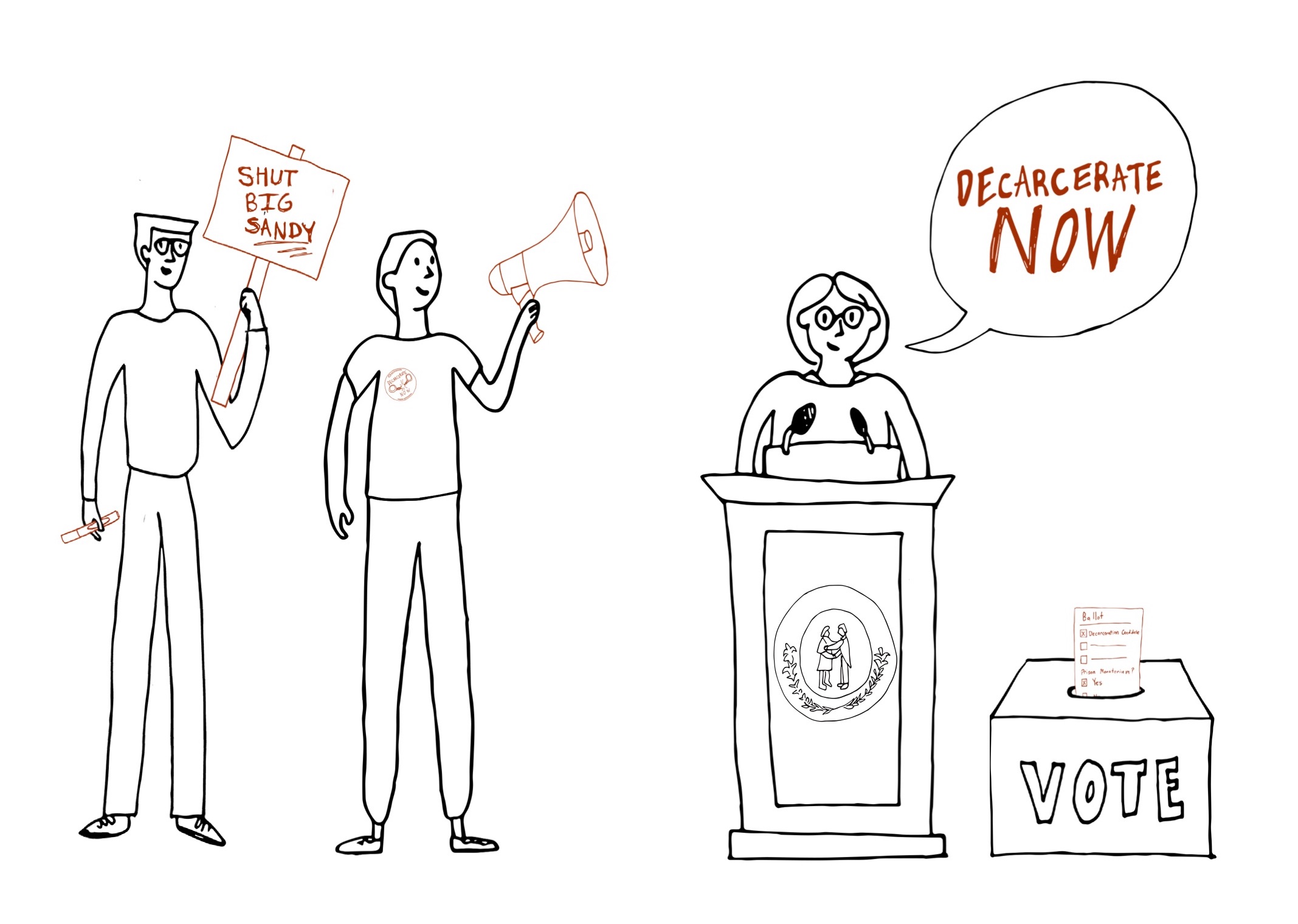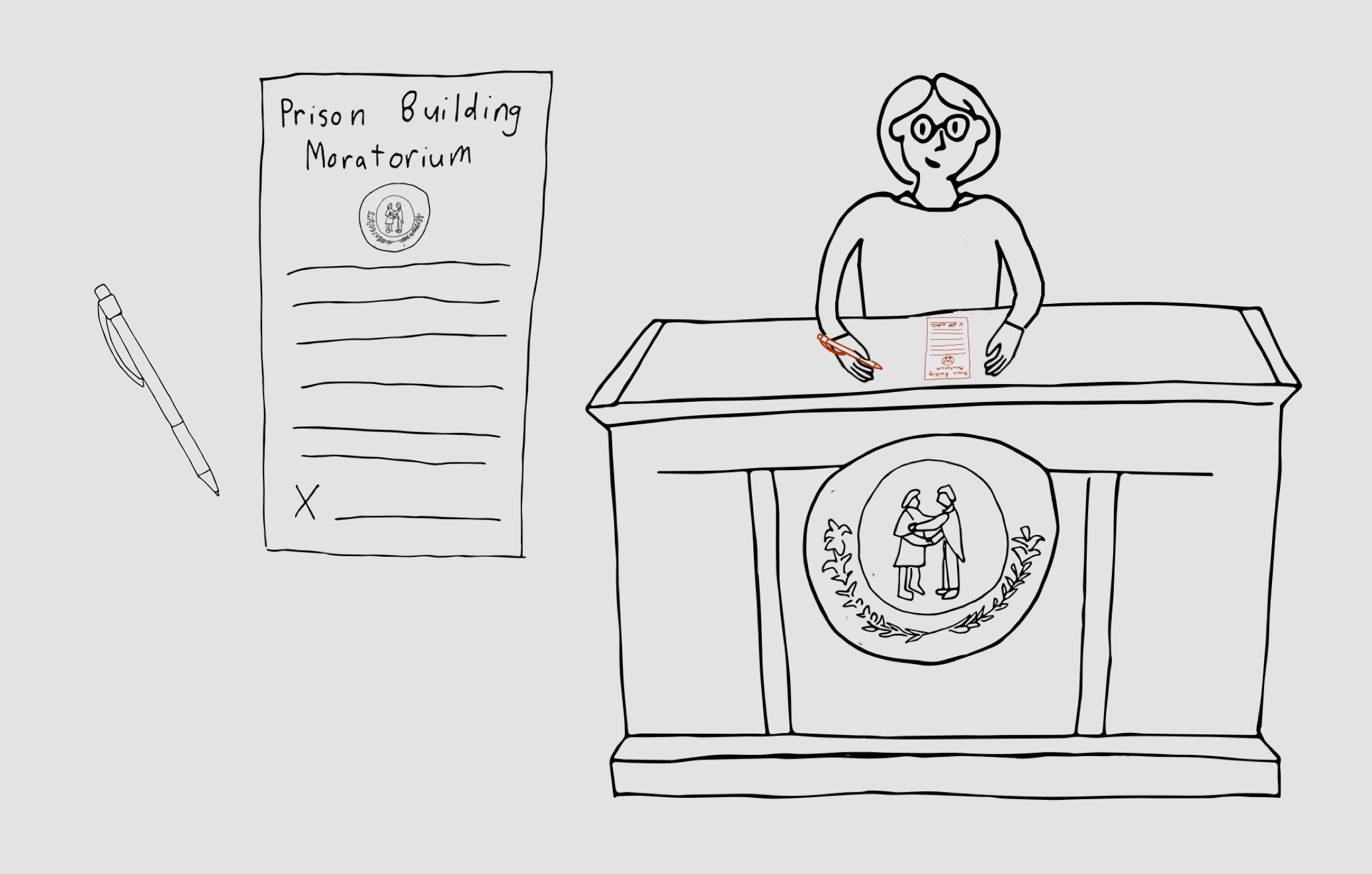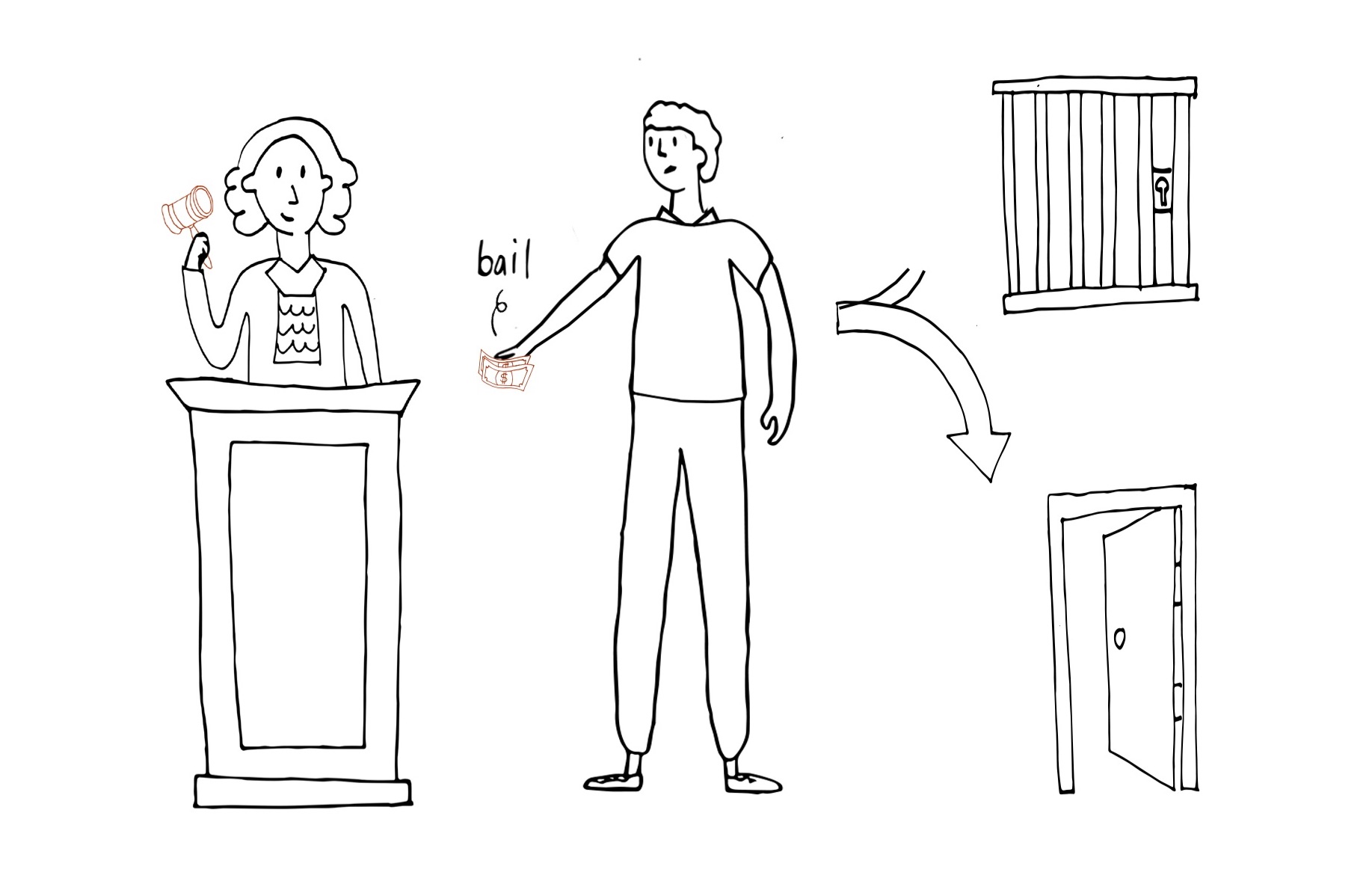How-To Blow up the Coalfield to Prison Pipeline
“For the abolitionist, justice is not simply a collection of principles or criteria, but the active process of preventing and repairing justice.”
-Lenore Cahn, Confronting Injustice
-Lenore Cahn, Confronting Injustice
While “blowing up” the coalfield to prison pipeline in Appalachia may not happen in this lifetime, starting is the first step. A more just future for Appalachia may be possible, but only through a clear-sighted, realistic plan. By breaking down the overwhelming task of dismantling the pipeline into manageable steps, this manual strives to provide the inspiration and resources to begin actively fighting for a more just and sustainable future. Since many organizations and activists are already working toward prison abolition and a more sustainable future for Appalachia, this manual compiles this existing work into digestible steps. While the journey toward dismantling the coalfield to prison pipeline will be long and multi-faceted, we hope that this manual may provide insights on where best to begin.
STEP 1:
EDUCATING AND EMPOWERING YOURSELF

For many people, prisons may seem like a natural and inevitable fixture
of life. After someone commits a serious crime, it is often assumed that
prison—whether for punitive or rehabilitative reasons—is the right or
best place for them. Streaming service subscribers eagerly binge shows set
in prisons like Orange is the New Black, without questioning the nature
of the setting. Citizens are the source of institutional power and, thus,
the movement toward prison abolition begins with the education of the
general public. It is important that this education is community-led and
empowers the community from the bottom up. Education techniques
should focus on providing communities with the resources they need to
create a vision of prison abolition and change from within.
STEP 2:
ORGANIZING WITH YOUR NEIGHBORS
Politically organizing can help the prison abolition movement achieve
its goals at a national scale. While the prison abolition movement most
importantly depends on social acceptance of its ideas, organizing politically
can put these visions into action and push them into the national agenda.
The broad, abstract visions of prison abolitionists are often translated into
action in the form of local campaigns targeting the closure or protesting
the construction of specific prison sites.

STEP 3:
REFORMING THE CRIMINAL COURT SYSTEM
The work of building a world without prisons will be a multi-generational
effort. As the process of decommissioning and repurposing of carceral
infrastructure starts, a parallel effort must begin to radically reform
the criminal justice system. Each sector of the criminal justice system is
responsible for mass incarceration and must be engaged to turn off the flow
of people into the already over-crowded jails and prisons of the system.
While reforming the laws surrounding who is incarcerated and for how
long will decrease the prison population in the short term, the ultimate
goal of such changes is to implement a restorative justice system which
takes prisons out of the community and focuses on the healing of survivors.

STEP 4:
WINNING A MORATORIUM ON NEW PRISON
CONSTRUCTION

Once the flow of incarcerated people is slowed, organizers can build
campaigns around ending the construction of new prisons. A moratorium
will allow room for prison abolition work to continue without putting
resources and energy into ongoing fights against opening new prisons.
Massachusetts-based advocates recently had a bill introduced into the
Massachusetts legislature, that would establish a 5-year moratorium on
building new or expanding existing jails and prisons in the state. More
states can consider prison moratoriums and the federal government as a
whole can also consider taking action, such as including a moratorium
measure in the “Reverse Mass Incarceration Act”23 (see step 3). Together,
by ending both the funneling of people into prisons and the construction
of new prisons, the conditions for full decarceration can begin to appear.
STEP 5:
BREAKING THE POLITICAL AND ECONOMIC
POWER OF THE PRSON INDUSTRIAL COMPLEX
This step aims to remove the profit motive from the criminal justice system.
The incentive structure for private prisons, construction companies, bail
bond companies, ancillary providers, and commissary vendors must be
dismantled. Many private parties profit directly or indirectly from the
prison industrial complex. While ultimately the goal is to eliminate prisons
altogether, this step helps make doing so easier by eliminating profits from
the equation.

STEP 6:
ADOPTING A DIVEST/INVEST FRAMEWORK
FOR REDIRECTING GOVERNMENT INVESTMENTS
AWAY FROM PRISONS AND INTO CARE WORK

The carceral state has many costs beyond just the hard costs of paying to
keep the system running. For a given person in the carceral system, every
dollar spent on corrections generates 10 more dollars in social costs. These
costs include the opportunity cost of people’s time and job potential, as
well as costs on families and communities. For instance, people who have
interacted with the justice system are more likely to face discrimination in
the hiring process and earn lower wages over their lifetime. Additionally,
family members of those incarcerated can spend between 9-26% of their
total income to keep in contact with their loved one behind bars through
the cost of phone calls, visits, and care packages. The isolated locations
of many of the prisons built in Appalachia exacerbate this problem.
STEP 7:
BUILDING A MORE SUSTAINABLE LOCAL
ECONOMY
Appalachia’s abundant natural resources fueled the growth of the rest of
the region, country, and world while leaving itself depleted. Generations of
absentee landowners and financiers transformed the region from a site of
abundance to one of extreme precarity. After decarceration efforts begin,
billions of dollars can be freed up from carceral and policing budgets to
be reinvested into creating a more diverse, sustainable model of rural eco-
nomic development. As more prisons are decommissioned, both those who
are released and former prison employees will need high-paying, stable
jobs to enter into. Creating a local, self-sustaining economy is necessary
to support this transition and also finally break the cycle of extraction
and exploitation of Appalachia’s people and resources.

STEP 8:
INVESTING IN REHABILITATION AND
RESOCIALIZATION

As legal reforms allow for more incarcerated individuals to be released,
having effective infrastructure and programming in place to allow for more
effective reentry will be essential. More than half of formerly incarcer-
ated people are unable to find stable employment within their first year
of release, which can lead to a higher risk of recidivism. Reentry should
focus on stability with plans in place for health, housing, mentorship, and
career development.
STEP 9:
REPURPOSING FORMER PRISONS

As crime rates drop and alternatives to incarceration are established, the
prison population will begin to dwindle until disappearing completely.
Creating a world without prisons will require decommissioning and
repurposing the newly obsolete carceral infrastructure of former jails,
prisons, and correctional facilities. While the sheer number of existing
jails and prisons means that no one solution for repurposing former
prisons is best, centering the plans based on community-based resources
or needs is a necessity. Community members, private developers, county
officials, and the local economic development council can work together
to bring positive economic change to the community. Elected officials
must encourage community engagement in the decision-making process
for repurposing prisons to understand the community’s needs.
Former carceral infrastructure has been repurposed for an eclectic mix of uses. Prisons are becoming high schools, museums, new housing, farms, and renewable power plants. Brushy Mountain State Penitentiary, which was located in Tennessee became a distillery and tourist attraction. Former Fulton Correctional Facility in New York is now a reentry center that offers housing and job training for released incarcerated individuals. The site of Hanna City Work Camp in Illinois is now being used as a small farm incubator, which distributes locally grown food and provides training. In some cases, carceral infrastructure has been demolished altogether. The valuable flat land that prisons now occupy in Appalachia poses a unique opportunity for creative uses.
Read through the complete How-To Manual below.
Former carceral infrastructure has been repurposed for an eclectic mix of uses. Prisons are becoming high schools, museums, new housing, farms, and renewable power plants. Brushy Mountain State Penitentiary, which was located in Tennessee became a distillery and tourist attraction. Former Fulton Correctional Facility in New York is now a reentry center that offers housing and job training for released incarcerated individuals. The site of Hanna City Work Camp in Illinois is now being used as a small farm incubator, which distributes locally grown food and provides training. In some cases, carceral infrastructure has been demolished altogether. The valuable flat land that prisons now occupy in Appalachia poses a unique opportunity for creative uses.
Read through the complete How-To Manual below.